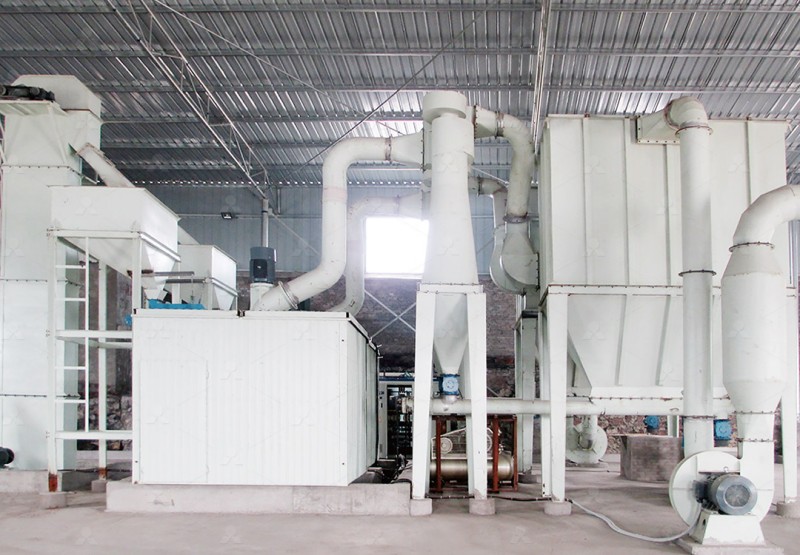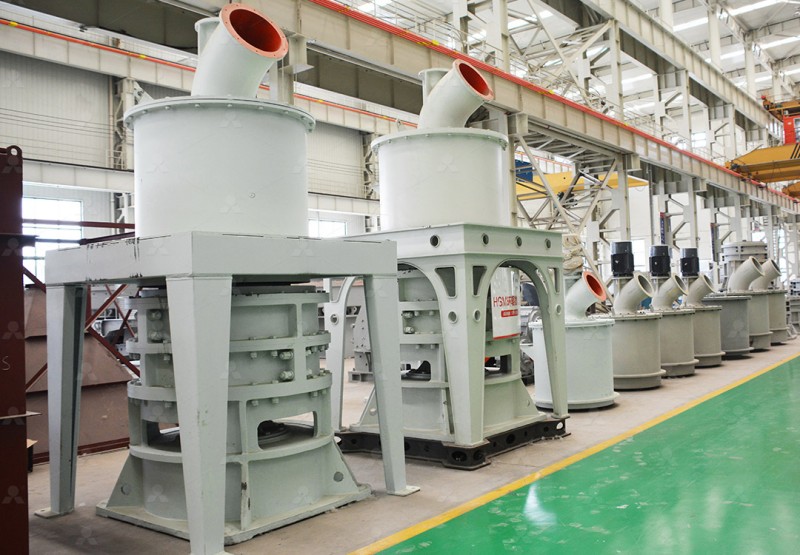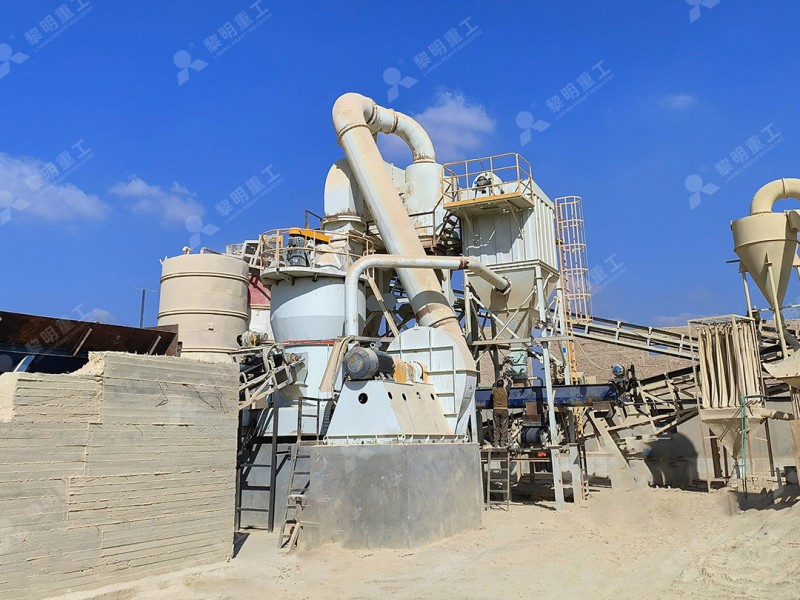Raymond Mill for Ultra Fine Powder Grinding: Key Features and Applications
Raymond Mill for Ultra Fine Powder Grinding: Key Features and Applications
In the world of industrial powder processing, achieving consistent ultra-fine particle sizes while maintaining operational efficiency remains a significant challenge. Raymond Mill technology has evolved substantially from its origins, with modern iterations offering unprecedented precision and control over final product specifications.

Contemporary ultra-fine grinding solutions must address multiple production requirements simultaneously: precise particle size distribution, energy efficiency, minimal environmental impact, and operational reliability. The technological advancements in grinding mechanics and powder separation have enabled manufacturers to meet these demanding specifications across various industries.
Technical Evolution in Fine Powder Processing
The transition from conventional grinding methods to advanced ultra-fine powder production has revolutionized material processing across numerous sectors. Modern mills incorporate sophisticated engineering solutions that address traditional limitations in grinding efficiency, particle consistency, and operational costs.
One notable advancement is the development of specialized grinding curves for rollers and rings, which significantly enhances milling efficiency. This innovation, combined with advanced powder selection technology, enables manufacturers to achieve precise fineness levels ranging from 325 to 2500 meshes with exceptional consistency.
MW Ultrafine Grinding Mill: Precision Engineering for Demanding Applications
For operations requiring superior ultra-fine powder production, the MW Ultrafine Grinding Mill represents a significant technological leap forward. This system processes materials with input sizes up to 20mm and delivers throughput capacities ranging from 0.5 to 25 tons per hour, making it suitable for both specialized low-volume applications and larger production requirements.

The MW series incorporates several proprietary features that distinguish it from conventional grinding systems. Its innovative cage-type powder selector, developed using German technology, ensures exceptional precision in particle separation. The system’s unique design eliminates rolling bearings and screws within the grinding chamber, addressing common failure points that plague traditional mill designs.
From an operational perspective, the MW Ultrafine Grinding Mill demonstrates remarkable efficiency metrics. Comparative analysis shows production capacity increases of up to 40% over jet and stirred grinding mills, with energy consumption reduced to just 30% of comparable systems. This combination of higher throughput and lower operational costs provides significant economic advantages throughout the equipment lifecycle.
Diverse Industrial Applications
Ultra-fine grinding technology serves critical functions across multiple industries. In mineral processing, materials including limestone, calcite, dolomite, and barite benefit from precise particle size reduction for enhanced material properties and application performance.
The chemical industry relies on consistent ultra-fine powders for products ranging from paints and coatings to pharmaceuticals and food additives. The ability to control particle size distribution with precision enables manufacturers to achieve specific product characteristics and performance metrics.

Construction materials, ceramics, and advanced composites represent additional sectors where controlled particle size distribution directly influences final product quality, strength, and aesthetic properties.
Environmental and Operational Considerations
Modern grinding systems must address environmental regulations and workplace safety requirements alongside production objectives. The integration of efficient pulse dust collectors and advanced muffling systems ensures compliance with stringent emission standards while maintaining optimal working conditions.
The MW Ultrafine Grinding Mill’s fully sealed negative pressure operation prevents material leakage and dust generation throughout the grinding process. This environmental responsibility extends to noise reduction technologies that minimize acoustic impact on operational personnel and surrounding facilities.
Frequently Asked Questions
What particle size range can the MW Ultrafine Grinding Mill achieve?
The system produces powders ranging from 325 to 2500 meshes, with the capability to achieve d97≤5μm in a single pass through the advanced cage-type powder selector.
How does the maintenance requirement compare to traditional grinding mills?
The elimination of rolling bearings and screws in the grinding chamber significantly reduces maintenance needs. External lubrication points enable continuous 24-hour operation without shutdowns for lubrication.
What materials are suitable for processing with ultra-fine grinding systems?
The technology accommodates numerous materials including limestone, calcite, dolomite, gypsum, barite, marble, talc, and various coal types, along with specialized applications in chemical, pharmaceutical, and food additive production.
How does the energy efficiency compare to alternative grinding technologies?
The MW Ultrafine Grinding Mill consumes approximately 30% of the energy required by jet grinding mills while delivering 40% higher production capacity under equivalent fineness and power conditions.
What environmental protections are integrated into the system?
The mill incorporates efficient pulse dust collection, silencer systems, and noise elimination technologies that ensure full compliance with national environmental protection standards.
